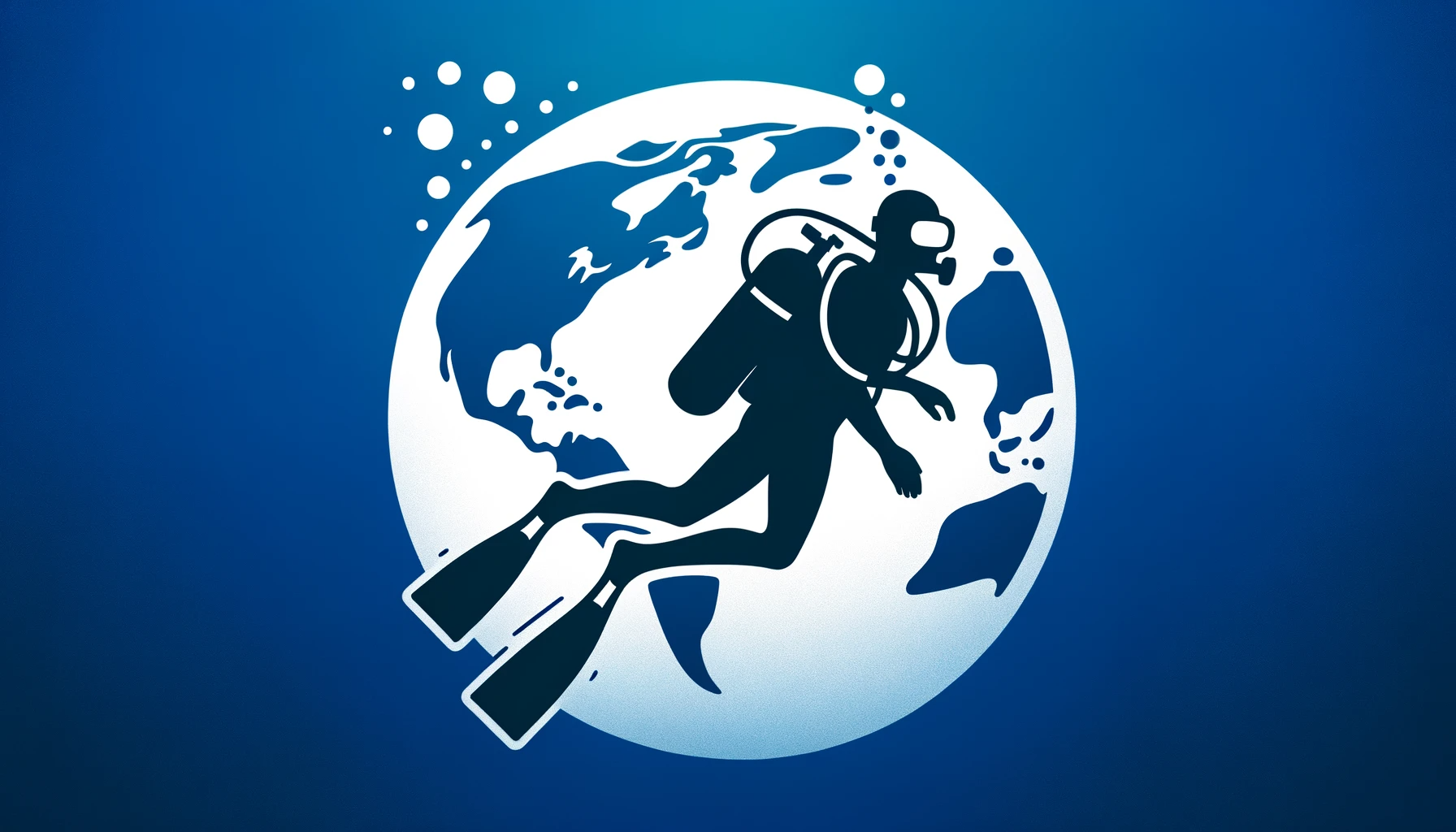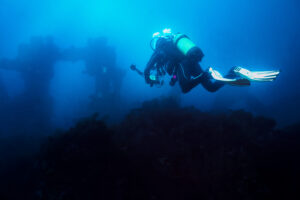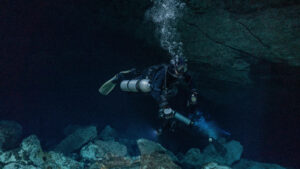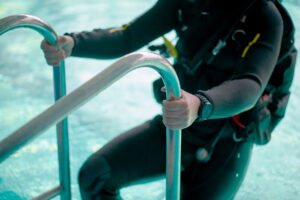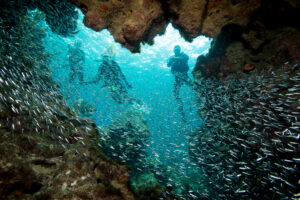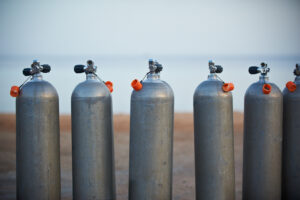What is Public Safety Diving?
Public safety diving refers to a specialized area of underwater diving focused on search, rescue, and recovery operations in various aquatic environments. Unlike recreational or commercial diving, public safety diving is conducted by highly trained professionals, often part of law enforcement, fire departments, or other emergency response teams. These divers are called upon to perform tasks that are critical to public safety, such as locating drowning victims, recovering evidence from underwater crime scenes, and conducting underwater inspections during disasters.
Definition and Scope of Public Safety Diving
Public safety diving encompasses a wide range of activities that are crucial for maintaining safety and order in communities. It is defined as underwater diving conducted by public safety professionals for the purpose of conducting search, rescue, and recovery missions. This type of diving requires a unique set of skills and equipment tailored to the specific needs of emergency response.
The scope of public safety diving is broad and includes tasks such as searching for and recovering drowning victims, retrieving evidence from underwater crime scenes, conducting underwater inspections of bridges and other structures, and providing support during natural disasters like floods. Public safety divers must be prepared to operate in a variety of environments, including rivers, lakes, oceans, and even contaminated waters, often under challenging conditions.
A key distinction between public safety diving and other forms of diving is the emphasis on safety and efficiency in mission-critical operations. Public safety divers must be adept at navigating low-visibility conditions, dealing with entanglements, and communicating effectively with their teams. Their work is not only physically demanding but also requires a high level of mental resilience and quick decision-making skills.
History and Evolution of Public Safety Diving
The origins of public safety diving can be traced back to the early 20th century when the need for underwater search and rescue capabilities became apparent. Initially, these tasks were performed by military and commercial divers, but as the need for specialized skills grew, dedicated public safety diving units began to form. One of the earliest recorded uses of public safety diving was during the 1930s when police departments started to employ divers to recover bodies and evidence from waterways.
Over the decades, public safety diving has evolved significantly, driven by advancements in technology and a deeper understanding of underwater environments. The 1960s and 1970s saw the development of more sophisticated diving equipment, such as improved wetsuits and scuba gear, which enhanced the capabilities and safety of public safety divers. These advancements allowed divers to operate more effectively in a wider range of conditions and conduct more complex missions.
In recent years, public safety diving has continued to evolve with the introduction of new technologies and techniques. The use of sonar and underwater drones has revolutionized search and recovery operations, enabling divers to locate objects and bodies more quickly and accurately. Additionally, improved training programs and certification standards have helped to professionalize the field, ensuring that public safety divers are better prepared for the challenges they face.
Training and Certification
Training for public safety diving is rigorous and comprehensive, reflecting the demanding nature of the tasks these professionals are required to perform. Prospective public safety divers typically undergo extensive training that includes both theoretical knowledge and practical skills. This training covers a wide range of topics, from underwater navigation and search patterns to evidence recovery and underwater crime scene investigation.
One of the critical aspects of public safety diving training is the development of proficiency in various diving techniques. Divers are trained to handle low-visibility conditions, strong currents, and contaminated water. They also learn how to use specialized equipment, such as dry suits, full face masks with communication systems, and underwater metal detectors. Training often includes simulated missions to prepare divers for real-world scenarios.
Certification is an essential component of public safety diving, and several organizations offer certification programs tailored to the needs of public safety divers. Agencies such as PADI (Professional Association of Diving Instructors) and NAUI (National Association of Underwater Instructors) provide specialized courses that focus on public safety diving skills. These programs typically include multiple levels of certification, from basic public safety diver certification to advanced courses in specific areas such as underwater criminal investigation.
Continuous training and recertification are also crucial for public safety divers, as the field is constantly evolving with new techniques and technologies. Regular training sessions and drills help divers maintain their skills and stay up-to-date with the latest developments in the field.
Equipment and Technology
Public safety diving requires the use of specialized equipment designed to enhance safety and efficiency in challenging underwater environments. The equipment used by public safety divers is often more advanced and robust compared to that used in recreational diving, reflecting the demanding nature of their missions.
One of the primary pieces of equipment used by public safety divers is the dry suit. Unlike wetsuits, dry suits provide thermal insulation and keep the diver dry, which is essential for extended operations in cold or contaminated water. Full face masks are another critical component, as they allow for underwater communication between divers and surface support teams. These masks are equipped with communication systems that enable clear and continuous dialogue, which is vital for coordinating complex operations.
In addition to basic diving gear, public safety divers use a range of specialized tools and equipment. Underwater metal detectors and sonar systems are commonly used for locating objects and bodies. Sonar, in particular, has become an invaluable tool, allowing divers to scan large areas quickly and identify potential targets before entering the water. Underwater drones and remotely operated vehicles (ROVs) are also increasingly used to enhance search and recovery efforts, providing real-time video feeds and reducing the risks to human divers.
The continuous development of new technologies has significantly improved the capabilities of public safety divers. Innovations such as advanced lighting systems, underwater GPS, and improved diving computers have enhanced safety and efficiency, enabling divers to perform their tasks more effectively.
Types of Missions
Public safety divers are called upon to perform a wide range of missions, each with its own set of challenges and requirements. One of the most common missions is search and recovery, which involves locating and retrieving drowning victims, bodies, and evidence from underwater environments. These operations often take place in low-visibility conditions and require meticulous search patterns and techniques to ensure thorough coverage of the area.
Underwater crime scene investigation is another critical aspect of public safety diving. Divers are trained to collect and preserve evidence from underwater crime scenes, such as weapons, vehicles, and other objects related to criminal activities. This work requires a high level of precision and attention to detail, as the integrity of the evidence must be maintained for legal proceedings.
Rescue operations are also a significant component of public safety diving. In cases of flooding, boating accidents, or other water-related emergencies, public safety divers play a crucial role in rescuing individuals in distress. These missions often involve swift water conditions and require quick decision-making and effective communication to ensure the safety of both the victims and the rescuers.
Other types of missions include underwater inspections of infrastructure, such as bridges, dams, and pipelines. These inspections are essential for ensuring the integrity and safety of critical structures and often involve detailed surveys and documentation. Public safety divers may also be involved in environmental protection efforts, such as removing hazardous materials from waterways and assisting in the response to oil spills and other environmental disasters.
Risks and Challenges
Public safety diving is inherently risky, and divers face numerous challenges that require careful planning and preparation. One of the primary risks is the potential for entanglement, as divers often operate in environments with debris, vegetation, and other obstacles. Managing this risk requires training in disentanglement techniques and the use of specialized cutting tools.
Another significant risk is the exposure to contaminated water, which can pose serious health hazards. Public safety divers must be trained to recognize and mitigate these hazards, often using dry suits and other protective gear to minimize exposure. Regular health monitoring and adherence to safety protocols are essential to ensure the well-being of the divers.
Low visibility is a common challenge in public safety diving, particularly in murky or dark waters. Divers must rely on tactile navigation and effective communication to perform their tasks accurately. Advanced lighting systems and sonar can help mitigate this challenge, but divers must still be prepared to operate with limited visual cues.
Psychological stress is another factor that public safety divers must contend with. The nature of their work often involves dealing with traumatic situations, such as recovering bodies or evidence from crime scenes. This can take a toll on mental health, and it is important for divers to have access to psychological support and stress management resources.
The physical demands of public safety diving cannot be overstated. Divers must maintain a high level of physical fitness to perform their tasks effectively. This includes strength, endurance, and the ability to handle the physical strain of operating in challenging conditions for extended periods.
Impact and Importance
The impact of public safety diving on communities is profound, as these professionals play a crucial role in maintaining safety and order. Their work in search and recovery operations provides closure to families and communities affected by drownings and other water-related tragedies. By recovering evidence from underwater crime scenes, public safety divers contribute to the pursuit of justice and the resolution of criminal cases.
Public safety divers are also integral to disaster response efforts. During natural disasters such as floods and hurricanes, they assist in rescue operations, providing critical support to those in need. Their ability to conduct underwater inspections of infrastructure ensures the safety and integrity of essential structures, helping to prevent accidents and failures.
Environmental protection is another area where public safety divers make a significant contribution. By removing hazardous materials from waterways and assisting in the response to environmental disasters, they help protect aquatic ecosystems and public health.
The importance of public safety diving extends beyond the immediate tasks they perform. Their presence and readiness to respond to emergencies provide a sense of security and reassurance to communities. The skills and expertise of public safety divers are a vital component of comprehensive emergency response and public safety strategies.
Key Takeaways
Public safety diving is a specialized and critical field within the broader domain of emergency response and public safety. It involves highly trained professionals performing essential tasks such as search and recovery, underwater crime scene investigation, and rescue operations. With rigorous training, specialized equipment, and a deep commitment to safety, public safety divers play an indispensable role in maintaining the safety and security of communities. The evolving nature of their work, driven by advancements in technology and continuous training, ensures that they are well-prepared to meet the challenges of their demanding and impactful profession.

